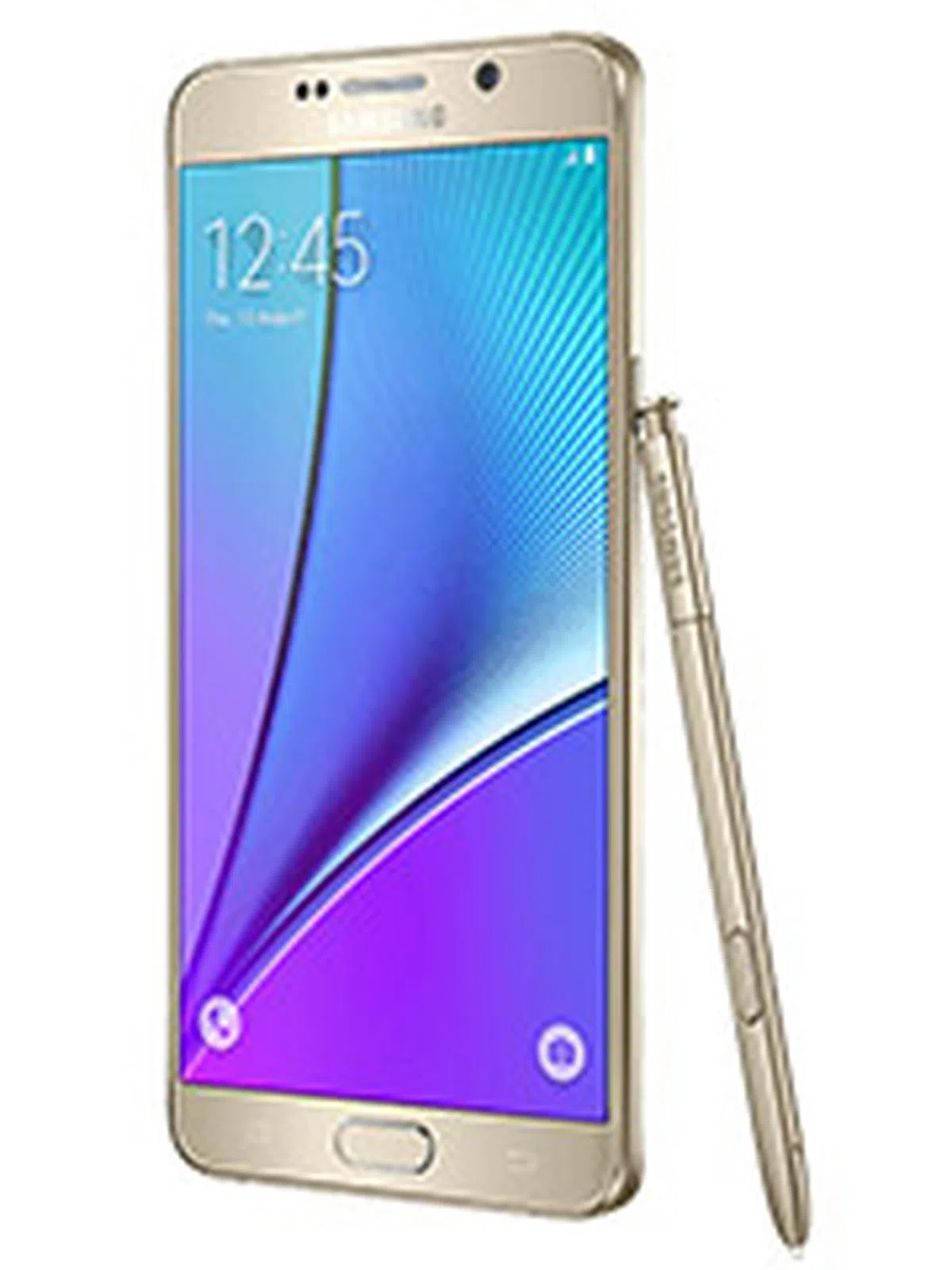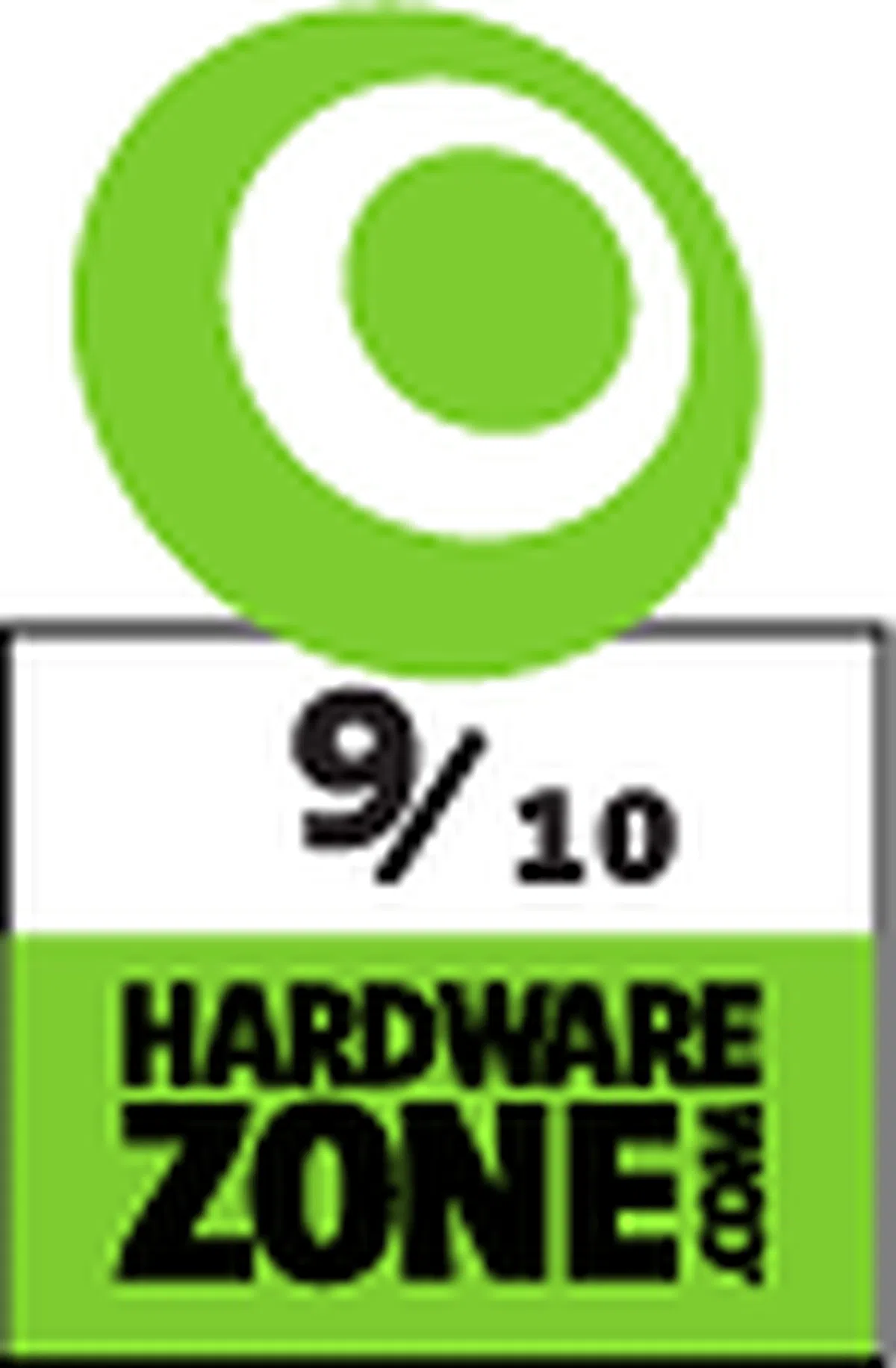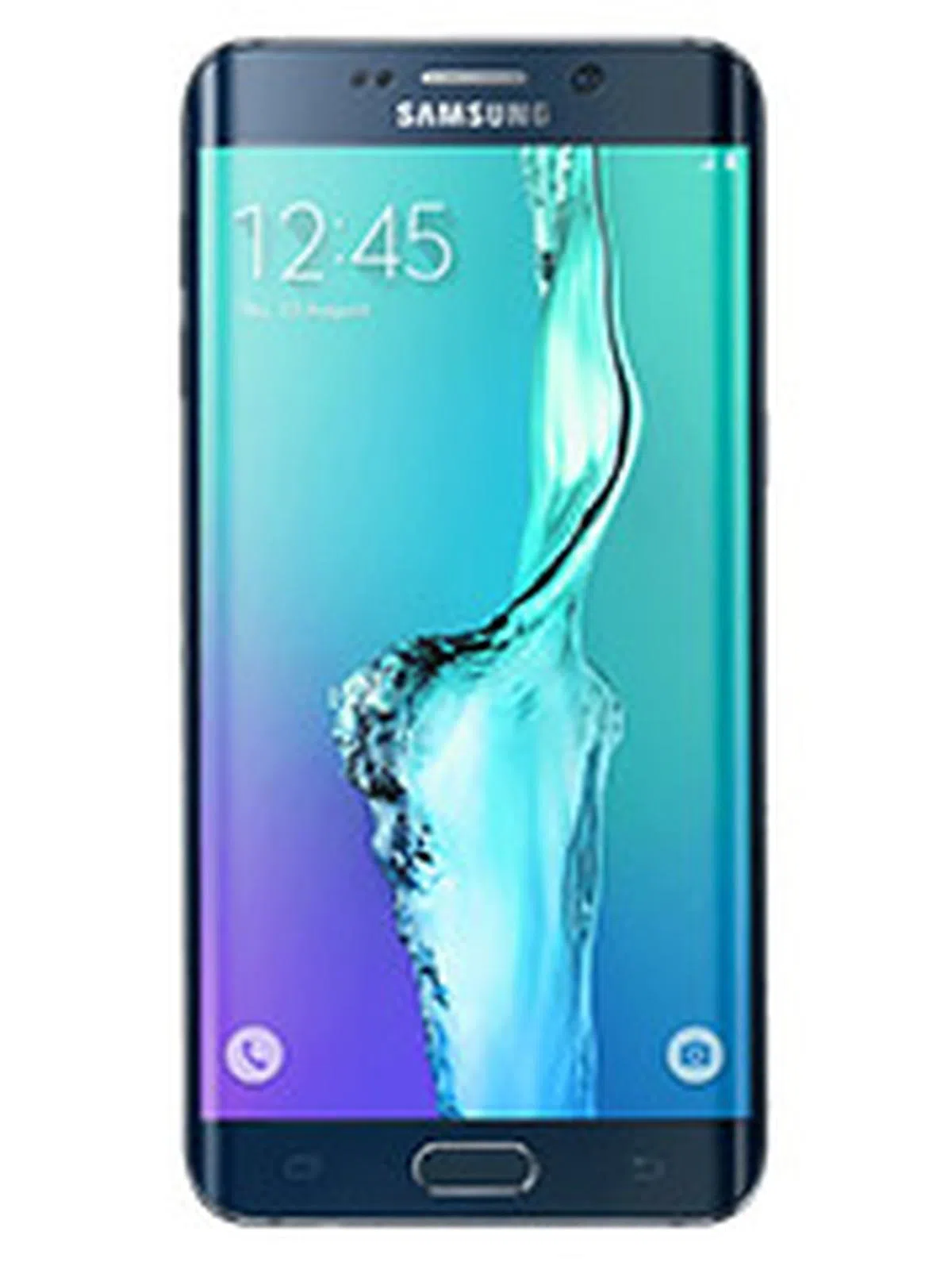Samsung Galaxy Note 5 & S6 Edge+ review - The best phablets money can buy
If you just look at the specs, you'll be scratching your head wondering why Samsung made two such similar phones. But specs don't tell the whole story. Pick up the Galaxy Note 5 and S6 Edge+ and you'll know why they've to exist separately. We tell you this other half of the story.
More than a simple sum of their parts
If you think you’re right, no matter what others say, just press on.
This is, in a nutshell, how I feel about Samsung’s latest phablets, the Galaxy Note 5 and Galaxy S6 Edge+.
For those unaware, it all started with the Galaxy S6 and S6 Edge. And by ‘it’, I mean Samsung’s move away from making somewhat premium-looking, but cheap-feeling flagship phones. With the S6 models, we saw that Samsung is capable of tasteful design, not just at the hardware level but the software level too. More importantly, when both came together, the results - the S6 and S6 Edge - are the best phones the Korean company has ever built, far surpassing those that came before them.

Cut from the same cloth
I’ve talked in length about the new Galaxy Note 5 and S6 Edge+ before, so I won’t repeat all of them here. Simply put, both are cut from the same cloth as the smaller S6 models. Samsung isn’t the first to put glass (Gorilla Glass 4) on the front and the back on a phone or use a metal frame, that’s for sure; but it’s definitely one of the few capable of ensuring a fit and finish, even when manufactured at scale, that can go shoulder to shoulder with Apple’s iPhones.
The Note 5 and S6 Edge+ don’t look identical, of course. The former has a flat screen and curved back; the latter a curved screen and flat back. Either way has no bearing on my conclusion, and that is the phones look great and feel great. If I’m allowed to nitpick, it will be that camera budge at the rear. There was talk prior to launch that Samsung would switch to a new, slimmer camera module to get rid of this unsightly protrusion, but that didn’t materialize. Also, both are giant fingerprint magnets.

The 16-megapixel, optically stabilized rear camera and 5-megapixel front camera aren’t the only components that the Note 5 and S6 Edge+ are reusing from the S6 models. The fingerprint-sensing Home button, the heart rate monitor at the flash area that doubles as a shutter button for selfies, the support for not one but two wireless charging standards, the super-fast Exynos octa-core processor, the speedy UFS 2.0 storage and LPDDR4 RAM - these are the same parade of specs we mouthed off in our S6 review. If you're looking for differences, the screens are now bigger (5.7-inch, Quad HD), the charging rate is faster (so there’s no noticeable slowdown despite the bigger 3,000mAh battery), and the amount of RAM is bumped to 4GB.
The decision to stick with the S6’s design also sealed the fates of the removable battery and expandable storage. The latter’s omission is made all the more glaring because, unlike the smaller S6 models, both phablets don’t come with a 128GB version. If you can’t live without the ability to swap batteries or carry more than 54GB worth of personal files, then you may have to turn to other makers’ flagships. For example, the LG G4 still packs a user-replaceable battery, and the new Moto X Style still carries a microSD card slot.
And perhaps herein lies Samsung’s biggest challenge. Which is, do people buy Galaxy phones because they tick a particular spec checkbox? If so, I’m afraid the loyalty that these customers have for the brand is built on very weak foundations. Since hardware specs are easily replicated, it’s as easy for them to switch to a different phone. The company’s flirting with Tizen suggests to me that it understands that - unfortunately, the OS war was already over.





Creating unique hardware and software experiences
Let me be clear here: the S6 Edge+’s curved screen is still an eye-catching novelty. It’s a hardware trick that you don’t need, but also one that you don’t mind having. Software tricks devised for this sloping display that we first saw on the S6 Edge have all stayed on for this upsized model. For example, there’s the Information Stream, which displays information like weather, time, and notifications on the curved edges; and the People Edge, which gives you a row of five colored contacts who you can quickly call, text, or send emails to. The latter is now ‘enhanced’ with additional means to connect with your assigned contacts. After turning on Samsung's OnCircle service, you can communicate with your friends via handwritten messages, images, emoticons, and pokes. Being able to see who’s calling when the phone is face-down on the table based on the color that peeps out from the curved sides, and then reject the call and send a quick reply with a touch on the heart rate sensor continues to be my favorite dinner table trick.

There's no Air Command menu on the S6 Edge+ to put your app shortcuts, but the Apps Edge does the same thing.

Don't see the new People Edge features on your S6 Edge+? You need to enable OnCircle first.
The S Pen on the Note 5 is, however, no gimmick, and is the single most important hardware difference between it and the S6 Edge+, as well as other phablets out there. Scrolling, navigating the UI, highlighting text, taking notes, splitting screens for multitasking - the Note 5/S Pen combo is as much a productivity booster for normal humans like us as a supercharged drawing tool for artists. The spring-loaded S Pen tip is a clever way to avoid drilling an ugly hole at the glass back just so your fingernail can dig the stylus out, and I’ll file that as yet another example Samsung is beginning to understand that little details go a long way.

Probably so as not to throw users off, Screen Off Memo, which I deem the best S Pen feature on the Note 5, isn't turned on by default.
With the S6, Samsung has mostly plugged its multi-year, useless feature diarrhea. Key pen-related features on the Note 5 include Scroll Capture (part of Screen Write), which lets you screen-capture a long webpage and then annotate it afterwards; PDF writing using both pen and finger; and Screen Off Memo, which lets you start writing on the screen the moment you eject the S Pen. You can now also add up to three third-party app shortcuts to the Air Command menu. If getting things done was the message of previous years’ Notes, getting things done fast is the mantra of this year’s Note.

Scroll Capture is minor in terms of technical achievement, but huge for improving user experience. It's useful for capturing a long webpage (up to 22 screens) in a single image or a long list of Google Maps directions.

As its name suggests, Write on PDF lets you annotate a PDF document and save the result. The most obvious use case is signing digital documents.

The ability to put app shortcuts in the Air Command menu is another new, time-saving feature on the Note 5.
Otherwise, the Note 5 and S6 Edge+ share the same Android 5.1.1 core and pared down TouchWiz layer. Aided by the tested-and-proven Exynos 7420 SoC, both phablets run fast and feel extremely responsive to touches. Sure, the S Pen features eat into the RAM, but the Note 5 bulldozes its way through using the simplest method of all - by having more RAM. (Note: Both phablets have 1.8 to 2GB of free RAM out of the box.)
Exynos 7420 SoC + 4GB LPDDR4 RAM + UFS 2.0 storage = Fast
Both the Galaxy Note 5 and S6 Edge+ are powered by Samsung’s in-house Exynos 7420, an octa-core SoC fabricated using a 14nm process. Based on ARM’s big.LITTLE config, it has four Cortex-A57 cores clocked at 2.1GHz and four Cortex-A53 cores at 1.5GHz. The GPU continues to be a Mali-T760 MP8 clocked at 772MHz.
If all these sound familiar, that’s because the Exynos 7420 is also used in the smaller Galaxy S6 and S6 Edge. The main difference this time round is that Samsung has crammed 4GB of RAM into the phablets.
Here's a table showing the key specs of the new Samsung phablets against some of their closest competitors (click for larger image with more models):

System performance
Like previous Galaxy phones, including the S6 models, Chrome (be it the stable or beta version) isn’t as optimized as the built-in Internet browser app on the Note 5 and S6 Edge+. With the SunSpider JavaScript benchmark, Google’s browser always hovered at the 600-ish mark, compared to the 350ms or so that I got on the stock browser. (If this sounds jibberish to you, just know that ~300ms is iPhones 6’ territory, and the lower the number, the better.) That said, Samsung is on the right path of optimizing the SoC against mobile Chrome (performance in Chrome this time round is noticeably better, as it’s common to cross 1,000ms on the regular S6), because last I heard, there are way more Chrome users than stock Android browser users.

For Quadrant, which evaluates a device’s CPU, memory, I/O, and 2D/3D graphics performance, there’s no surprise that both phablets performed very similar to the S6 models. For another data point, all four Exynos 7420-equipped Galaxy phones posted Antutu scores in the neighborhood of 70,000. Needless to say, the Note 5 blows the Note 4 out of the water thanks to the faster CPU cores, and better memory and NAND performances.

The GPU story is one you’ve heard before, and that is the Exynos 7420’s Mali-T760 MP8 is better than the Mali-T760 MP6/Adreno 420 found in the Note 4’s Exynos 5433/Snapdragon 805, and a strong match (sometimes better) against Snapdragon 810-based phones that use the Adreno 430 GPU, such as the HTC One M9. Which is remarkable really, when you consider that the two phablets have a bigger 1440p display.
For what it’s worth, I also tried the Sling Shot (Unlimited, ES 3.1) benchmark in 3DMark. No SoCs at the moment are able to ace this test, so again, I’m not surprised that the Exynos 7420 struggled here, with a score of ~1,200 and an average frame rate barely breaking 7 frames per second.

Ultimately, these are just numbers that don’t always translate accurately to real world experience. In actual usage, I found the Galaxy Note 5 and S6 Edge+ to be extremely satisfying to use, with nary any notable slowdowns. Like the regular S6, they did get warm when I was stressing the CPU or GPU, though not overly so. Memory management seems less aggressive on this occasion too, as I didn’t see a lot of redraws during multitasking. That said, Chrome, for example, still reloaded a webpage once in a while when I came back to it from another app, despite having tons of free RAM. It didn’t always happen, though that’s exactly why I noticed it.
All in all, I will say the Note 5 and S6 Edge+ have fewer performance hiccups than the smaller S6 models. Clearly, Samsung has optimized its software stack between then and now, but the work isn’t done yet. Thankfully, the trend suggests it will (and hopefully, soon).
Camera improvements
The Galaxy Note 5 and S6 Edge+ have the same pair of cameras as the S6 and S6 Edge, and that can only be a good thing. To recap, that’s a 16MP, F1.9 camera with optical image stabilization at the back, and a 5MP, F1.9 camera at the front.

While the hardware remains the same, there are new software features. Biggest of them all is that the Camera app’s Pro mode now lets you save photos as RAW files and manually adjust the shutter speed between 1/24,000 and 10 seconds. Videos should also appear less shaky due to improved software-based video stabilization. Last but not least, you can combine multiple videos (including slow-mo footage) into a video collage, and stream a live feed in full HD straight from the camera to YouTube.
Fast startup (just double-press the Home button), RAW shooting, high sensitivity, and class-leading image quality - the Note 5 and S6 Edge+ are arguably the two best Android camera phones today.

Battery life
Both the Galaxy Note 5 and S6 Edge+ pack a 3,000mAh battery, which is smaller than the 3,220mAh one in the Note 4, and is not user replaceable. To make up for it, Samsung is shipping on both devices the fastest wired and wireless charging tech it has developed to date. With the bundled Adaptive Fast Charging charger, a full charge over cable takes about 90 minutes. Wireless charging is faster too, as long as you use a supported charger, like the new S$98 Fast Wireless Charging Pad.
If you’re worried about battery life on the Note 5 and S6 Edge+, I say, don’t. In my video playback test, the former lasted 14 hours and 50 minutes and the latter 15 hours and 10 minutes. A quick check will tell you that these numbers are as good, if not better, than the Note 4’s. Of course, video playback is just one metric. Samsung is citing a 22-hour 3G talktime, which is 2 hours longer than the Note 4. Again, for what it’s worth, I usually ended the day with 15% of battery life, and having recorded about four hours of screen-on time.
Due to the long battery life and smaller-than-Note-4 dimensions, the Note 5 and S6 Edge+ are the most portable phablets Samsung has ever made. The S6 Edge+ is even more so; shedding the stylus allows it to be lighter and thinner than the already light and thin Note 5.

Conclusion: The best phablets money can buy
This conclusion was written roughly six hours after I’ve concluded all my tests for the Galaxy Note 5 and S6 Edge+. And I’ll admit that I’ve some difficulty scoring them. My heart yearns for the S6 Edge+, but my head prefers the Note 5.
What do I mean by that?
As I’ve said during my earlier hands-on, I’m sure the Galaxy Note 5 will be panned by many people for ditching its predecessor’s removable battery and microSD card slot. And they’ve every right to. For so long the two have been staples on Samsung’s devices, so much so that they’ve already become what I call gadget hygiene factors. They’re like air conditioning in the food court; you expect it to be there, and become dissatisfied when it’s taken away.
As an iPhone and a Nexus user, I’m fine without both of them. But I can totally see how some will have difficulty adapting. Just like how I’m used to carrying portable drives and power banks in my bag, there are many who are used to carrying a spare battery in their bags or copying their TV shows onto the microSD card every night. If a user-replaceable battery and expandable storage are must-haves for you, my recommendation is to look elsewhere. Really. Because that’s the beauty of Android.

Otherwise, I think it’s hyperbole to call the Note 5 a downgrade. Think about it, versus the Note 4, it’s better built, has a speedier processor, more and faster RAM, better cameras, supports fast wired and wireless charging, as well as UHQA (Ultra High Quality Audio) upscaling.
More importantly, the Note 5 is still a productivity beast. Because the one feature that defines the Galaxy Note series, the S Pen, is still there, along with thoughtful new features like Screen Off Memo and Scroll Capture. If you factor in the stylus, the Note 5 literally has no peer.
So that’s why my head says to go for the Note 5. Interestingly, it’s also S$100 cheaper than the S-Pen-less S6 Edge+, which I simply take it to mean that incorporating a stylus is cheaper than making a screen that curves on two sides.
But that’s not to say the S6 Edge+ is inferior. Even without a stylus, its design, features, and performance are still head and shoulders above most of its competitors. Yes, I know there are new phablets these days that are ticking more spec checkboxes than recent Samsung devices and cost quite a bit lesser; but in general, I still find Samsung flagships better built and have fewer edge cases to deal with.
In fact, I hope Samsung never gets back into the specs race or its feature spam days again. Because this is the first time since the Galaxy S4 that I truly enjoy using a Samsung phone. Okay, phones.
(Editor’s note: The Samsung Galaxy Note 5 is available is Singapore since August 15, and is priced at S$1,088 for the 32GB version and S$1,188 for the 64GB version. The Galaxy S6 Edge+ will go on sale starting August 22, and is priced at S$1,188 for the 32GB version and S$1,288 for the 64GB version. More details, including launch promos and accessories pricing, can be found here. Telco price plans can be found here.)
Our articles may contain affiliate links. If you buy through these links, we may earn a small commission.





